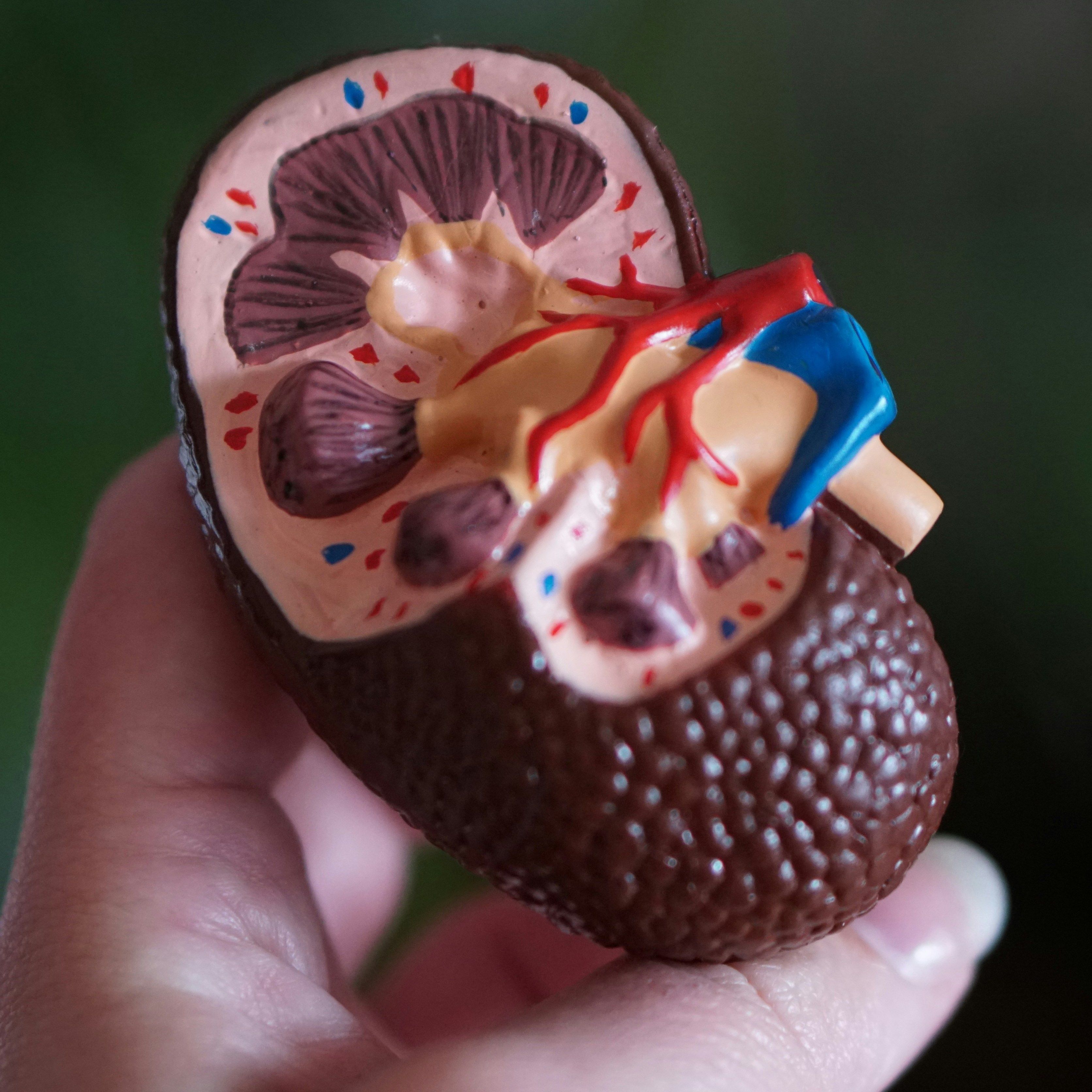Glomerulonephritis Patients Face High Risk of Recurrence After Kidney Transplant
A single-center assessment showed patients with glomerulonephritis may face a heightened risk of primary disease recurrence up to 1 year after transplant.
Credit: Robina Weermeijer / Unsplash

Patients with glomerulonephritis may face a high risk of recurrent disease within 1 year following kidney transplantation, according to data from a single-center study.1
Glomerulonephritis, a progression of kidney diseases including immunoglobulin A nephropathy (IgAN) that is associated with significantly increased risk of end-stage renal disease,2 may be a common occurrence following kidney transplantation. A team of investigators in Poland, led by Dr. Monika Wieliczko, of the department of nephrology, dialysis and internal disease at the Medical University of Warsaw, sought to analyze transplanted kidney biopsies among symptomatic patients from their center. As they noted, many cases of glomerulonephritis post-transplant are known to be recurrences of the primary disease.
“The course and prognosis of individual types of glomerulonephritis are very different and their appearance may worsen the graft survival,” they wrote. “World statistics show significant discrepancies regarding the incidence of glomerulonephritis recurrence depending on the adopted protocol (protocolar biopsy or due to symptoms).”
Their analysis included 125 patients to receive kidney transplantation and post-operation care at the medical center between May 2020 – June 2023. Mean patient age was 48.5 years old; a majority (n = 73 [58.4%]) were men. Among the population, 32 patients were diagnosed with primary glomerulonephritis pre-transplantation via kidney biopsy. In a majority of those patients, IgAN was the primary cause of disease (n = 18).
After a mean follow-up period of 3 years, Wieliczko and colleagues observed 5 cases of glomerulonephritis in 23 biopsies (21%). Among them, 4 cases were recurrence of primary disease in the transplanted kidney (17.4%), and the other case was diagnosed in a patient with an unknown primary disease.
In the relapse cohort, investigators observed 1 case of IgAN—which occurred at the earliest recurrence period of 1 month post-transplantation. They additionally observed 1 case of focal segmental glomerulosclerosis; 1 case of membranous nephropathy; and 1 case of lupus nephritis—the lattermost case occurring 1 year and 4 months post-transplantation.
The single-center findings come months after other European data showing the incidence rate of kidney transplantation for end-stage renal disease was greatest among patients with IgAN relative to all primary glomerular disease.3
“The recognition of the incidence and prognosis of (kidney transplantation) among different (primary glomerular disease) subgroups enables a more personalized approach to patient care,” investigators wrote at the time. “Future studies are warranted to assess the impact of novel therapies on disease progression and the initiation of (transplantation) in primary glomerular disease patients.”
Indeed, Wieliczko and colleagues concluded that similar disease-specific outcomes need to be assessed to cater optimal post-transplant preventive care.1
“Our observation showed a high percentage of glomerulonephritis recurrences in symptomatic patients,” investigators wrote. “This indicates the need to specify data regarding the diagnosis of recurrence depending on the adopted research method (protocolar or due to symptoms biopsy) to know which patients should be treated.”
References
- Wieliczko M, Nazarewski S, Gałązka Z, Małyszko J. Recurrence of Glomerulonephritis After Kidney Transplantation - Experience of One Center from 2020 to 2023. Transplant Proc. Published online April 24, 2024. doi:10.1016/j.transproceed.2024.03.015
- Rawla P, Limaiem F, Hashmi MF. IgA Nephropathy (Berger Disease) [Updated 2023 Jul 7]. In: StatPearls [Internet]. Treasure Island (FL): StatPearls Publishing; 2024 Jan-. Available from: https://www.ncbi.nlm.nih.gov/books/NBK538214/
- Brooks A. IgAN Among Most Common Primary Glomerular Diseases Requiring Kidney Replacement Therapy. HCPLive. Published February 19, 2024. https://www.hcplive.com/view/igan-among-most-common-primary-glomerular-diseases-requiring-kidney-replacement-therapy